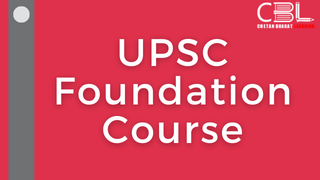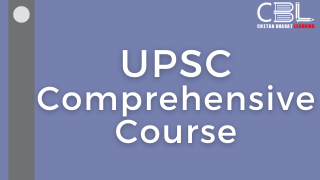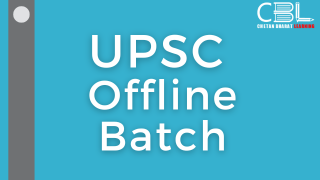Important for
Prelims: Social issues
Mains: General Studies Paper
Human Composting
- Recently, New York became the sixth state in the US to legalise human composting as a burial option.
About Human Composting
- It is also known as natural organic reduction.
- It is essentially the process of transforming the human body into nutrient-rich soil.
- The process of transformation of a human body into soil involves placing a dead body in a reusable vessel with biodegradable materials.
- These materials act as a catalyst to help the process of transformation into nutrient-dense soil.
Benefits and Need
- In the past few years, it has gained popularity, especially among the younger generation, for being an eco-friendly alternative to dispose of a corpse.
- With the global temperature soaring, methods like burials and cremations are increasingly being seen as contributors to carbon emissions.
- Moreover, burials and cremations are quite expensive, and not only many can afford them.
- Therefore, human composting uses much less energy than cremation
- The soil produced through this procedure can be used for gardening or can be spread in designated memorial grounds or forest conservation areas.
- When human composting transforms the organic material of our bodies, carbon is also sequestered in the soil created.
Concerns
- The biggest opponent of this process has been the Catholic Church and called it an “unfortunate spiritual, emotional, and psychological distancing from the deceased.
- It has been believed that the ‘transformation’ of the remains would create an emotional distance rather than a reverence” for the remains.
Way Ahead
- Because the composting option is so new, really a matter of changing hearts and minds right now
- This will result in significant savings in carbon emissions and land usage.
- The promoters of the process say that it is a gentler way of bidding goodbye to one’s loved ones.
Mera Gaon Meri Dharohar Program
- In a bid to harness the unique cultural heritage of rural India, the government has identified and documented distinctive features of more than one lakh villages across the country.
- The entire exercise has been carried out under the ‘ Mera Gaon Meri Dharohar‘ (My Village My Heritage) programme of the National Mission for Cultural Mapping (NMCM).
National Mission for Cultural Mapping (NMCM)
- The National Mission for Cultural Mapping (NMCM) aims to develop a comprehensive database of art forms, artists and other resources across the country.
- Launched by the Ministry of Culture in 2017, handed over to the Indira Gandhi National Centre for Arts (IGNCA) in 2021.
- IGNCA was established in 1987 as an autonomous institution under the Ministry of Culture, as a centre for research, academic pursuit and dissemination in the field of the arts.
- The IGNCA plans to cover all the 6.5 lakh villages in the country. As of today, short films have been made on 750 clusters villages. The films, which give a 360 degree view of the village, have been shot using drones.
Significance & Need
- The program seeks to document the cultural identity at the village level by involving citizens to share what makes their village, block, or district unique.
- The mapping aims to develop a comprehensive database of art forms, artists, and other resources across the country.
- In this cultural asset mapping, villages have been broadly divided into seven-eight categories based on whether they are important ecologically, developmentally and scholastically, if they produce a famous textile or product, and if they are connectedIn this cultural asset mapping, villages have been broadly divided into seven-eight categories based on whether they are important ecologically, developmentally and scholastically, if they produce a famous textile or product, and if they are connected to some historical or mythological events such as the Independence struggle or epics like the Mahabharata.
The survey process
- The survey process involves a CSC Village Level Entrepreneur (VLE) conducting meetings with locals and then uploading interesting facts about their village, its places of interest, customs and traditions, famous personalities, festivals and beliefs, art and culture, etc., on to a special application.
Practice Questions for Prelims
Mains Practice Question




Leave a Reply
You must be logged in to post a comment.